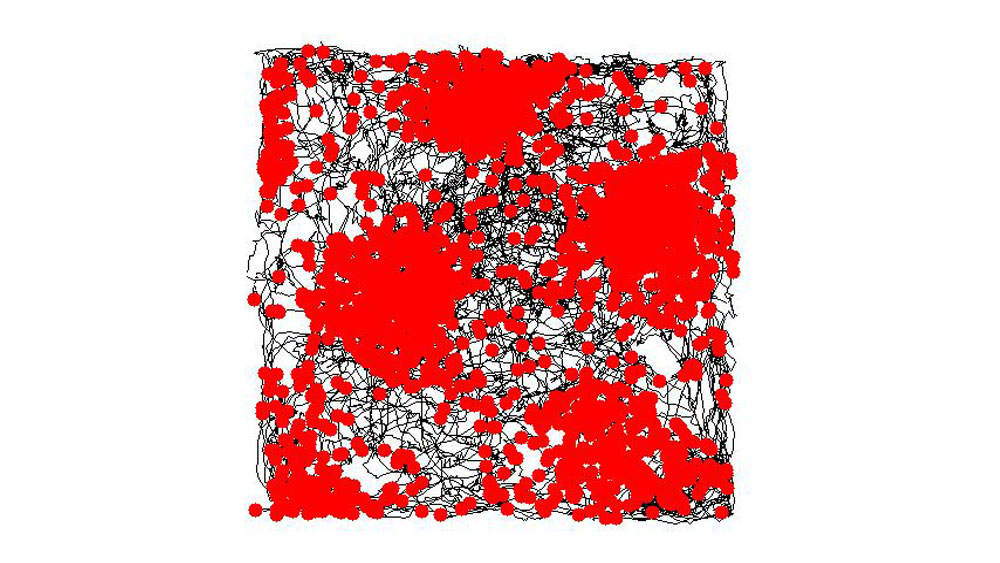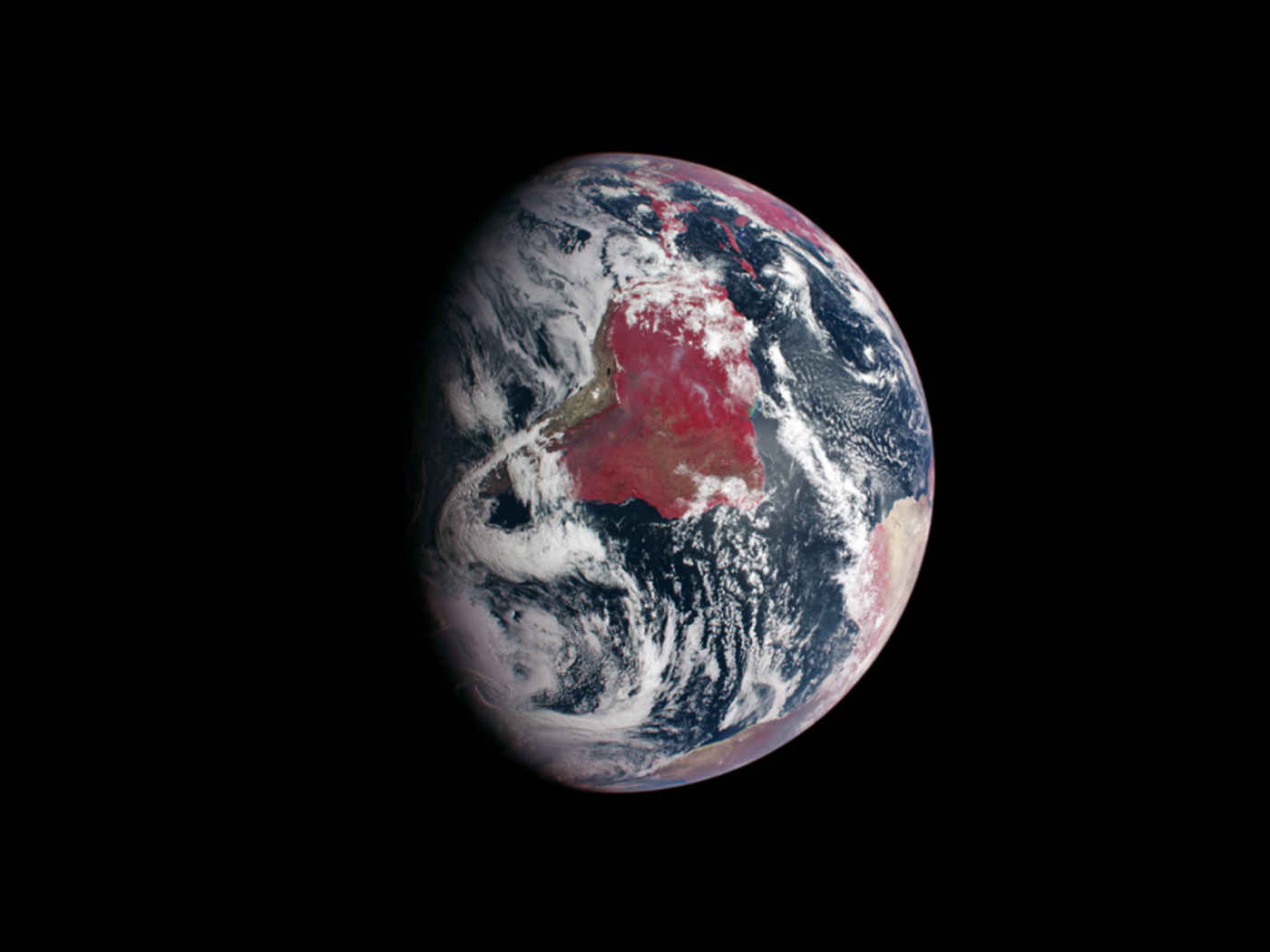To be spatially capable creatures, humans need their brains to tell them 1) where things are in relation to themselves and 2) where everything is in relation to everything else—the so-called allocentric map of space. To navigate an environment, the brain seems to generate a mental representation of its surroundings. This is often called a cognitive map.1
In 1971, neuroscientists John O'Keefe and Jonathan Dostrovsky found the first evidence for this map in the brain.2 They monitored neural activity in rats wandering around in their environments. The researchers noticed that every time a rat entered a particular region, a neuron would fire rapidly in a section of the rat’s hippocampus. This is the component of the brain that consolidates information from short-term memory to long-term memory and plays an important role in spatial memory to enable navigation. When the rat moved a bit farther, a different neuron fired, and so on.
O'Keefe and Dostrovsky had discovered place cells,2 and some have argued that these cells represent our internal map.3 In a given environment, specific place cells correspond to specific locations, and those neurons in a rat remain fixed on those locations until the rat goes to a new area. Then the place cells remap to the new space.2 But how do these cells know where the rat is?
In 2005, researchers discovered another group of neurons that behave like place cells.4 These neurons are located in the entorhinal cortex, an area of the brain next to the hippocampus. Among other functions, the entorhinal cortex operates as a network hub for memory, navigation, and time perception.5
The neurons fire when an experimental rat passes through a particular location in its physical environment. However, that same neuron will also fire when the rat enters any number of other locations at equal distances from each other—locations that together form a hexagonal grid spanning the current environment.6 These are the grid cells, and they appear to tile whatever space one currently occupies into grids of multiple different orientations and scales. Although each new space is tiled differently, individual grid cells represent a fixed scale. They are like a rigid ruler, providing something like metric information with different resolutions.4
Imagine how this plays out in a person’s head. As he walks across a large room, a given neuron in the entorhinal cortex fires after every three meters. A different neuron fires more often—approximately every meter—while another is clocking his progress every 10 meters, and so on. Any location in the space elicits a unique pattern of firing grid cells, which in turn leads to the firing of a unique place cell. This combination of cells, firing sequence, and location forms a cognitive map in the person’s head, allowing him to interpret his surroundings in order to move across the room. The integration of grid cells and place cells seems to be a key part of the machinery behind someone’s sense of their surrounding space.
Scientists have only scratched the surface of brain functionality. But given the complexity of the cognitive map—and other examples beyond the scope of this article—it’s easy to infer that our physical existence resulted from incredible design rather than inadvertent or evolutionary causes. As science advances and unravels the mysteries of the brain, scientists continue to discover how incredibly complex yet tailored physical life is for habitation on Earth.
As Romans 11:33 declares, “Oh, the depth of the riches both of the wisdom and knowledge of God! How unsearchable are His judgments and His ways past finding out!”
References
- Tolman, E. C. 1948. Cognitive maps in rats and men. Psychological Review. 55 (4): 189-208.
- O’Keefe, J. and J. Dostrovsky. 1971. The hippocampus as a spatial map. Preliminary evidence from unit activity in the freely-moving rat. Brain Research. 34 (1): 171-175.
- Thurley, K. 2021. Place cells create landmarks. Neuron. 109 (24): 3902-3904.
- Hafting, T. et al. 2005. Microstructure of a spatial map in the entorhinal cortex. Nature. 436: 801-806.
- Tsao, J. et al. 2018. Integrating time from experience in the lateral entorhinal cortex. Nature. 561: 57-62.
- Corrado, J. K. The Hexagon: An Indication of Order and Design in Nature. Creation Science Update. Posted on ICR.org March 13, 2023.
Stage image: The trajectory of a rat through a square environment is shown in black. Red dots indicate locations at which a particular entorhinal grid cell fired.
Stage image credit: Khardcastle, CC BY-SA 4.0
* Dr. Corrado earned a Ph.D. in Systems Engineering from Colorado State University and a Th.M. from Liberty University. He is a freelance contributor to ICR’s Creation Science Update, works in the nuclear industry, and is a senior officer in the U.S. Naval Reserve.
















